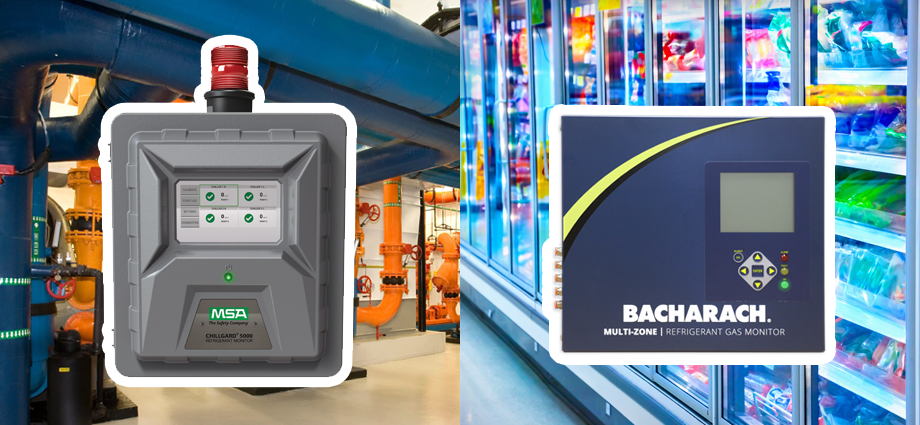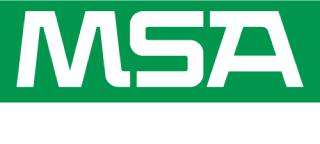
The New York City Council recently passed the Climate Mobilization Act, a new legislative package to help reduce greenhouse gases (GHG) in the city. It is described as “the strongest and most comprehensive attempt” to reduce GHG emissions and has also been deemed the city’s “Green New Deal.”
While the Climate Mobilization Act encompasses a variety of bills and resolutions, there’s one bill in particular that widely impacts residential and commercial buildings—Bill: Int 1253.
This bill includes emission caps for buildings over 25,000 square feet to achieve GHG reduction goals by 2050, and this is the primary focus of this article.
Legislation Includes Ambitious GHG Emission Reduction Goals
First and foremost, Int 1253 encompasses ambitious GHG emission reduction goals citywide as well as from city government operations and the city housing authority. Specifically, the reduction of emissions citywide are as follows:
- A 40 percent reduction in citywide emissions by calendar year 2030; and
- An 80 percent reduction in citywide emissions by calendar year 2050, relative to such emissions for the base year for citywide emissions.
Of course, crucial to meeting these reduction goals is building energy and emissions limits, which leads us to the crux of this new bill’s impact upon residential and commercial buildings:
Energy and Emissions Limits Impact Covered Buildings
Under the new bill, covered buildings must comply with the applicable building emission limits. And if you’re wondering what a covered building means, it means one of the following:
- A building that exceeds 25,000 gross square feet; or
- Two or more buildings on the same tax lot that together exceed 50,000 gross square feet; or
- Two or more buildings held in the condominium form of ownership that are governed by the same board of managers and that together exceed 50,000 gross square feet.
While there are a few exceptions to the above criteria, the buildings that are covered have a diverse set of uses and operations. Most importantly, the applicable building emissions limit for a covered building depends upon which occupancy group(s) it is a part of.
Even more, by May 1, 2025, and by May 1 of every year thereafter, the owner of a covered building shall file a report stating the building is either 1) in compliance with the emissions limit or 2) not in compliance with the emissions limit (along with the amount by which such building exceeds such limit).
Energy Conservation Measure Requirements for Certain Buildings
Furthermore, certain buildings (including those over 25,000 gross square feet) are also subject to energy conservation measure requirements. That is, the owner of such a building must be able to either:
- demonstrate that, for calendar year 2024, the annual building emissions did not exceed the applicable annual building emissions limit; or
- ensure energy conservation measures, as described in the legislation, have been implemented where applicable.
The latter option—the prescriptive measure—to comply includes numerous HVAC measures, such as repairing all heating system leaks; maintaining the heating system; installing indoor and outdoor heating system sensors and boiler controls to allow for proper set-points; and more. (See full list of prescriptive energy conservation measures.)
Proper HVAC Maintenance Can Help Meet Ambitious GHG Reduction Goals
Ultimately, as you can see, New York’s Green New Deal has far-reaching impact upon residential and commercial buildings. In fact, now, monitoring building energy and emissions performance is critical, and closer scrutiny of HVAC systems follows.
Thus, to meet emission reduction goals, proper HVAC management must be exercised, and that’s where we come in. MSA Safety is a leading provider of HVAC-R instrumentation and energy management solutions to make HVAC-R safer, cleaner and more efficient.






